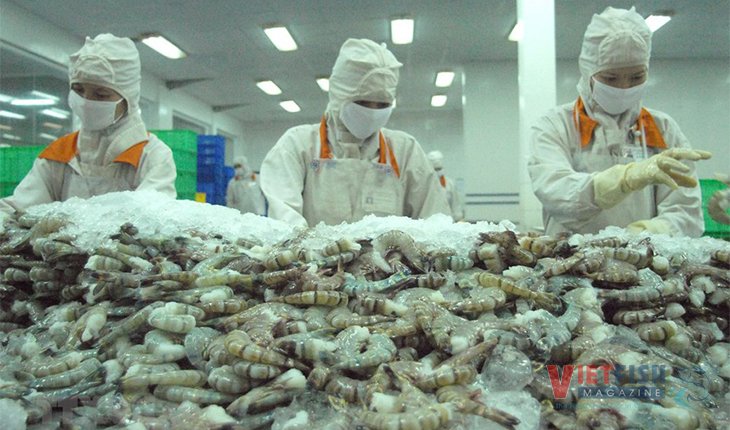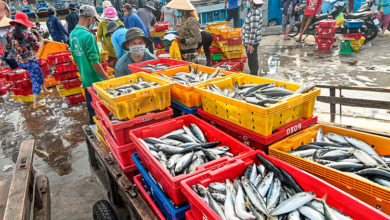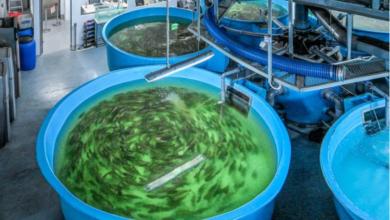EU to inspect Vietnam’s aquaculture products
The EU plans to conduct an on-site inspection to ensure that Vietnamese aquaculture products comply with its residue regulations.
The European Union’s Directorate-General for Health and Food Safety (DG-SANTE) has officially scheduled an inspection of Vietnam’s residue control program for aquaculture products. The inspection will be conducted from September 24 to October 17, 2024, using a “hybrid” approach that combines remote and on-site assessments.
This action follows recent alerts from the EU’s Rapid Alert System for Food and Feed (RASFF), which have reported a troubling increase in chemical and antibiotic residue warnings for Vietnamese seafood entering the EU.
The inspection aims to evaluate Vietnam’s residue control program for products eligible for export to the EU, including aquaculture products and honey. It will assess the reliability of Vietnam’s assurances that these exports comply with EU residue standards and verify whether Vietnam continues to meet the EU’s residue control requirements.
According to the Department of Quality Control, Processing, and Market Development of the Ministry of Agriculture and Rural Development, the EU is a key market for Vietnamese seafood, accounting for about 20% of the total export value annually. Thus, negative inspection results could significantly impact the processing and export operations of many companies and affect the overall seafood export revenue.
The EU’s inspection approach focuses on system evaluation and recognition. Consequently, the results will not only impact the specific units and facilities involved but could also have broader repercussions for the entire Vietnamese seafood industry. Additionally, unfavorable inspection outcomes might affect exports not only to the EU but also to other markets.
Therefore, the Department of Quality Control, Processing, and Market Development stresses the importance of maintaining the quality and reputation of Vietnamese seafood in the EU market as it is critical for accessing other markets and sustaining export growth.
In preparation for the EU inspection, the department has advised local authorities and businesses to carefully review and adhere to updated guidelines to prevent any issues during the inspection.
| The EU has been a major export market for Vietnamese seafood, representing around 20% of total annual exports. Alongside Japan, China, and the U.S., the EU remains one of the top four markets for Vietnamese seafood exports. This includes not only wild-caught seafood like tuna but also farmed products such as shrimp and pangasius, which are significant in the export structure to this market. |
VFM






